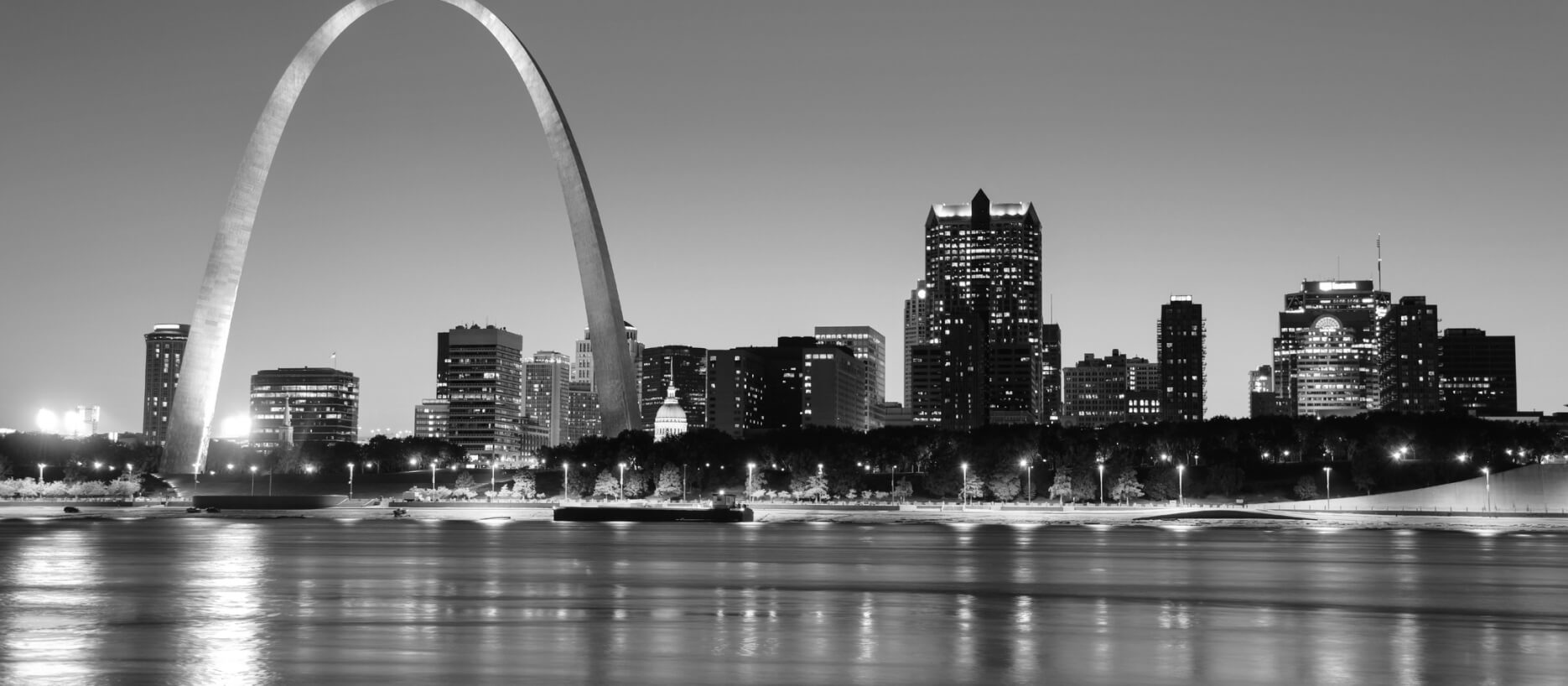As human beings, we’ve always strived to improve ourselves both physically and mentally. Plastic surgery is just one way we can better ourselves physically, and it has been used for centuries to improve our appearances and physical functioning.
While modern plastic surgery offers a diverse range of surgical and non-surgical cosmetic and reconstructive procedures, facelift surgery is one of the oldest plastic surgery procedures. If you’ve ever wondered what this tried and true facial rejuvenation surgery could do for you, continue reading this blog to learn about the many aesthetic concerns a facelift can fix.
What Areas Can a Facelift Fix?
Facelift surgery, also known as rhytidectomy, can address signs of aging in the mid face, lower face and neck. A neck lift is a common procedure performed with facelift surgery and can also treat signs of aging in the lower face and below the jawline.
At Ridenour Plastic Surgery, We Offer Three Types of Facelifts:
- Traditional full facelift
- Mid-facelift
- Lower facelift
Which Facelift Is Best?
Each type of facelift, as the name indicates, is designed to rejuvenate a different area of the face. The mid-facelift addresses the middle of the face (the cheeks, around the nose and beneath the eyes), and the lower facelift addresses the lower face (mouth area and jawline). The full facelift treats the lower two-thirds of the face, which is generally defined as the middle and lower face, from beneath the eyes down.
At your consultation, our board-certified facial plastic surgeon, Dr. Brock D. Ridenour, can help you determine which facelift is best for your needs.
What Can Facelift Surgery Address?
Drooping or Sunken Cheeks
Loss of definition in the cheeks develops as we age due to a loss of facial fat; the fat layer that creates plump, youthful cheeks naturally reduces over time. The tissues in the cheeks (and the rest of the face) can also become loose, which typically results in drooping or hollowed cheeks.
The mid-facelift specifically corrects the cheek area, restoring lost volume with fat manipulation and elevating the cheeks with tissue lifting techniques. The traditional full facelift also treats drooping or sunken cheeks to create more defined cheekbones.
Nasolabial Folds (Smile Lines)
Nasolabial folds are the parentheses-shaped lines that run from the bottom outer edges of the nostrils to the corners of the mouth. These lines crease and become more apparent when you smile, hence the nickname “smile lines.” As we grow older, these lines can become etched-in wrinkles around the mouth and be visible when our faces are at rest or even frowning.
All types of facelift surgery can address nasolabial folds by tightening the underlying tissues of the face and smoothing the skin. If needed, fat can be repositioned to provide volume in this area to plump the skin and smooth these lines.
Melomental Lines (Marionette Lines)
Melomental folds, also known as marionette lines, are the vertical wrinkles that run from the mouth’s outer corners downward onto either side of your chin. They are nicknamed “marionette lines” because they resemble the lines on some marionettes that allow the mouths on these puppets to move.
All three of our facelift procedures can treat these lines. As the tissues on the chin are tightened and the skin is pulled tight, these wrinkles are smoothed out.
Submental Fat (a Double Chin)
A double chin develops as a result of excess fat beneath the chin, creating what appears as a second chin that hangs below the actual chin. In severe cases, the crease that develops between the chin and tissue beneath it in most people when they look down becomes permanent even when the person with the double chin has their head straight.
A double chin is not always a result of weight gain; in some cases, people develop a layer of additional fat beneath the chin due to genetics, even when they’re at a healthy weight.
A lower facelift or neck lift can specifically address double chin concerns by removing the excess submental fat that causes this bothersome condition.
Loose Skin in the Middle and Lower Face
The collagen and elastin in our skin naturally diminish over time. These proteins give skin its elasticity, allowing it to move and crease but still return to its original position and smoothness. As we age and lose these proteins, the skin becomes loose, developing wrinkles and sometimes sagging.
Facelift surgery corrects loose skin in the middle and lower face by pulling the skin tight and surgically removing any excess. Because the underlying tissues are also tightened, the skin can retain its new position and youthful structure better than if it were left supporting sagging tissues.
Sagging Jowls
Jowls are sagging skin, fat and other tissues that droop along the jawline. As the ligaments in this area weaken and skin loses elasticity with age, these unattractive jowls develop. Rather than the jawline appearing straight, jowls cause it to appear wavy from areas of loose tissue hanging down. In severe cases, jowls hang below the jawline and create a dramatically aged facial appearance.
A full facelift, lower facelift or neck lift can address sagging jowls. These procedures tighten and elevate the drooping tissues and tighten the skin to produce a stronger-looking, more defined jawline.
What Can a Neck Lift Address That a Facelift Can’t?
A neck lift is specifically designed to address aging concerns on the neck. These include the following issues at and beneath the jawline:
- Loose, crepey neck skin
- Visible muscle bands
- A “turkey neck” with a “wattle” of loose, hanging tissue
- Jowls
While a facelift doesn’t target the neck, a neck lift is often performed with facelift surgery to rejuvenate this area and create a more harmonious balance between the face and neck.
Learn More About How Facelift Surgery in St. Louis Can Rejuvenate Your Appearance
To schedule your facelift surgery consultation and find out if you’re a good candidate for this procedure, contact our St. Louis plastic surgery practice at 314-501-7946 today.



